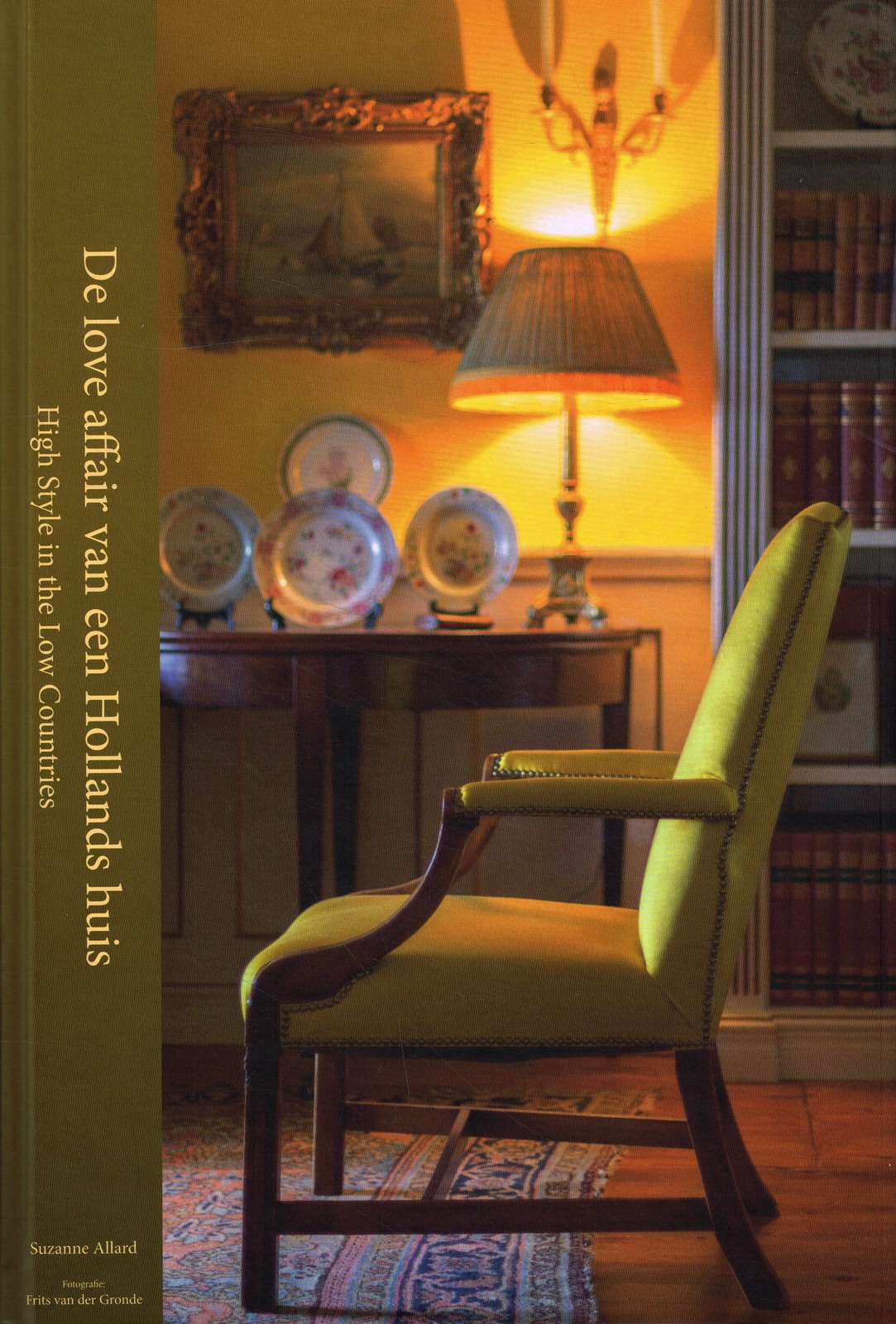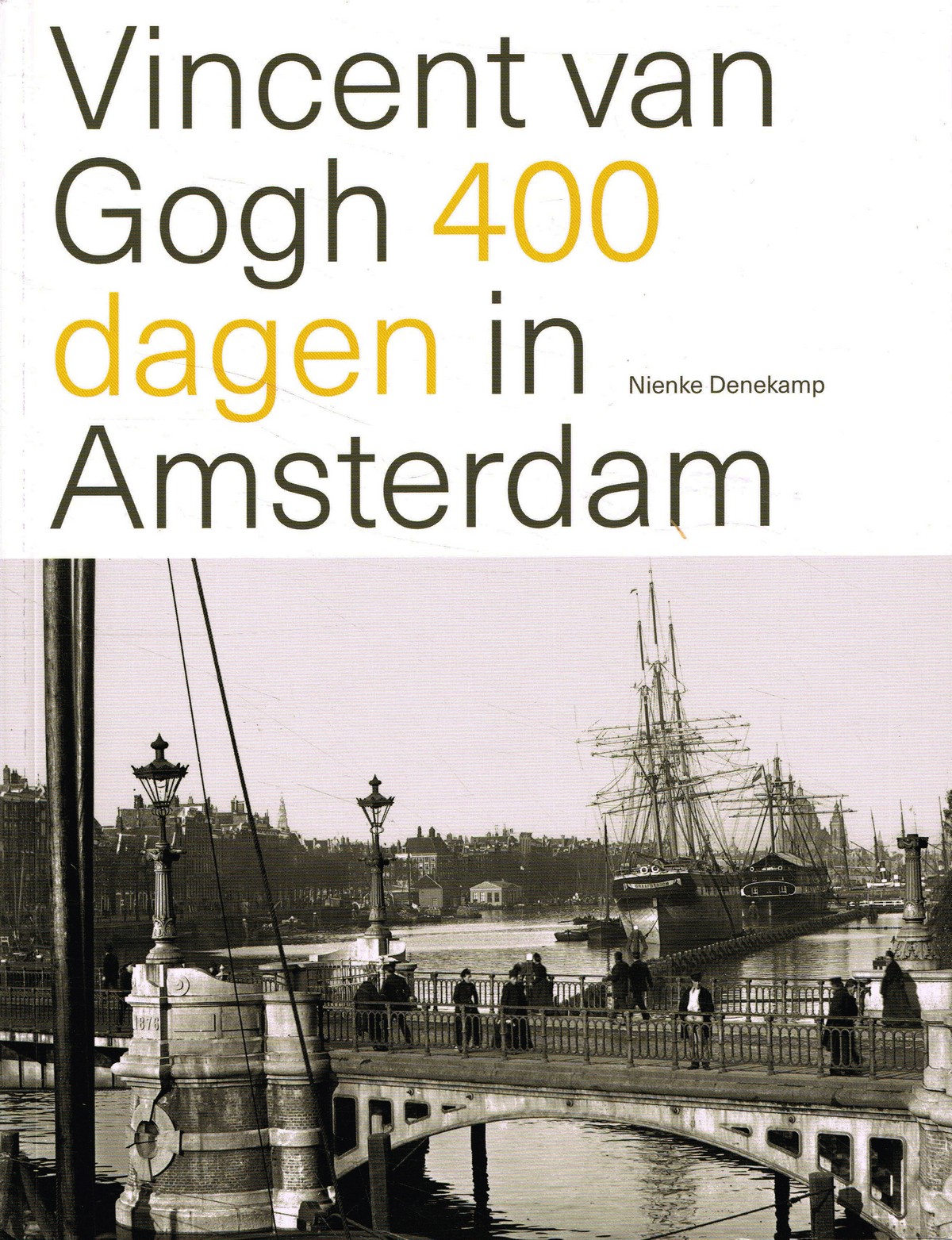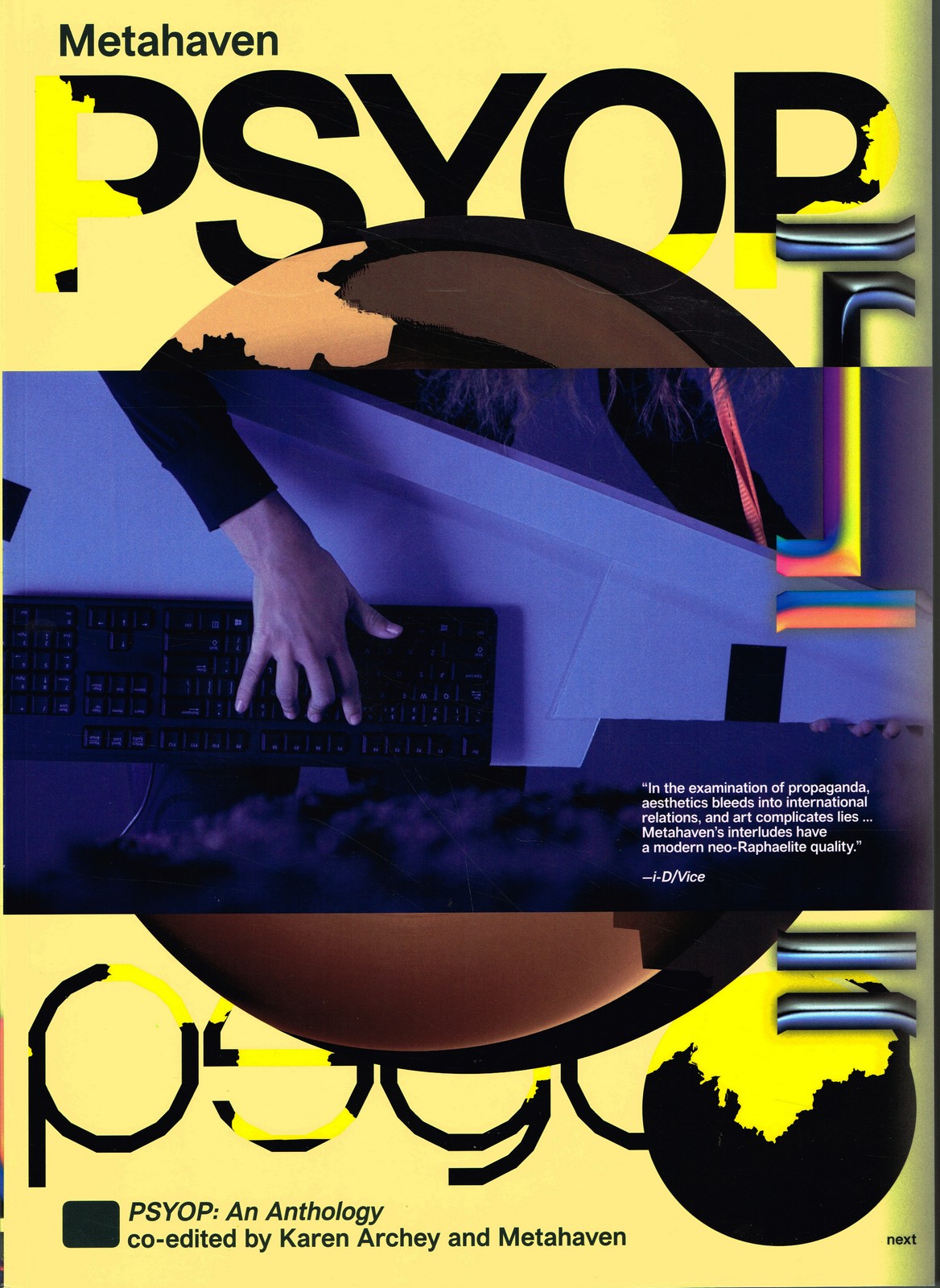Metahaven
Psyop: An Anthology
€ 14,80 Oorspronkelijke prijs was: € 14,80.€ 7,90Huidige prijs is: € 7,90.
Recognisably and fearlessly designed by Metahaven and densely illustrated, this uniquely original and experimental publication offers a fresh perspective on Metahaven’s exceptional and versatile practice by offering reflections on how to understand the collective’s work within a broader context, as well as by zooming in on their recent shift to moving image work. It will offer as-yet unpublished reflections on their practice by renowned and compelling voices, thinking through the various ways in which their sprawling body of work is embedded in the socio-political challenges of today, as well as in visual culture and art history. Metahaven is an Amsterdam-based collective lead by Vinca Kruk (born, Leiden 1980) and Daniel van der Velden (born, Rotterdam 1971) their work crosses over between filmmaking, art, research, and design. They have produced documentarybased works, music videos, writings, publications, and lectures that investigate notions of propaganda, truth, and identity, especially with regard to the structuring of our symbolic realm.
Gerelateerde producten
kunst
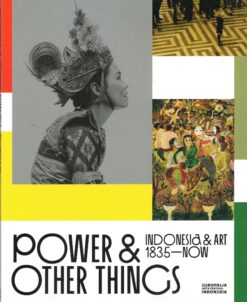
Power & Other Things
The project takes its name from the demand for the transfer of power and other things to the newly independent Indonesia in 1945. It travels through time, from European colonial occupation through the development of the republican state to the trans-national contemporary cultures of today. It looks at the various international exchanges that happened in the territories of contemporary Indonesia, through the images and ideas of artists. These exchanges were of different kinds: trade, culture, religion, ideology and war. They produced a variety of results: violence, oppression, racism, creativity, spiritual awakening, and other things. The ideologies and challenges of modernity are common ways in which Indonesia has been depicted by others and has defined itself over the period. As this modern period recedes into history, the project will seek ways to remember how it has influenced contemporary understanding and ask the current generation of artists to look back in order to rewrite the past and potentially create the conditions for a different future. The catalogue and the exhibition will follow a broad chronological narrative, allowing readers and visitors to learn more about how this huge archipelago has changed over the past two centuries and to observe how it has responded and adapted to influences originating from both inside and outside the islands. The influence of the imperial Dutch and Japanese occupations naturally form a significant element in the narrative of the exhibition as does the constant struggle for different forms of independence or equal treatment by the Javanese and other Indonesian cultures. The importance of Chinese and Arab influence on Indonesia's cultural history will also feature as the exhibition tries to look for alternative ways, alongside the post-colonial, for understanding the present. The presentations will include work made during the residencies as well as new commissions. Snoeckpap - 127 blz
kunst
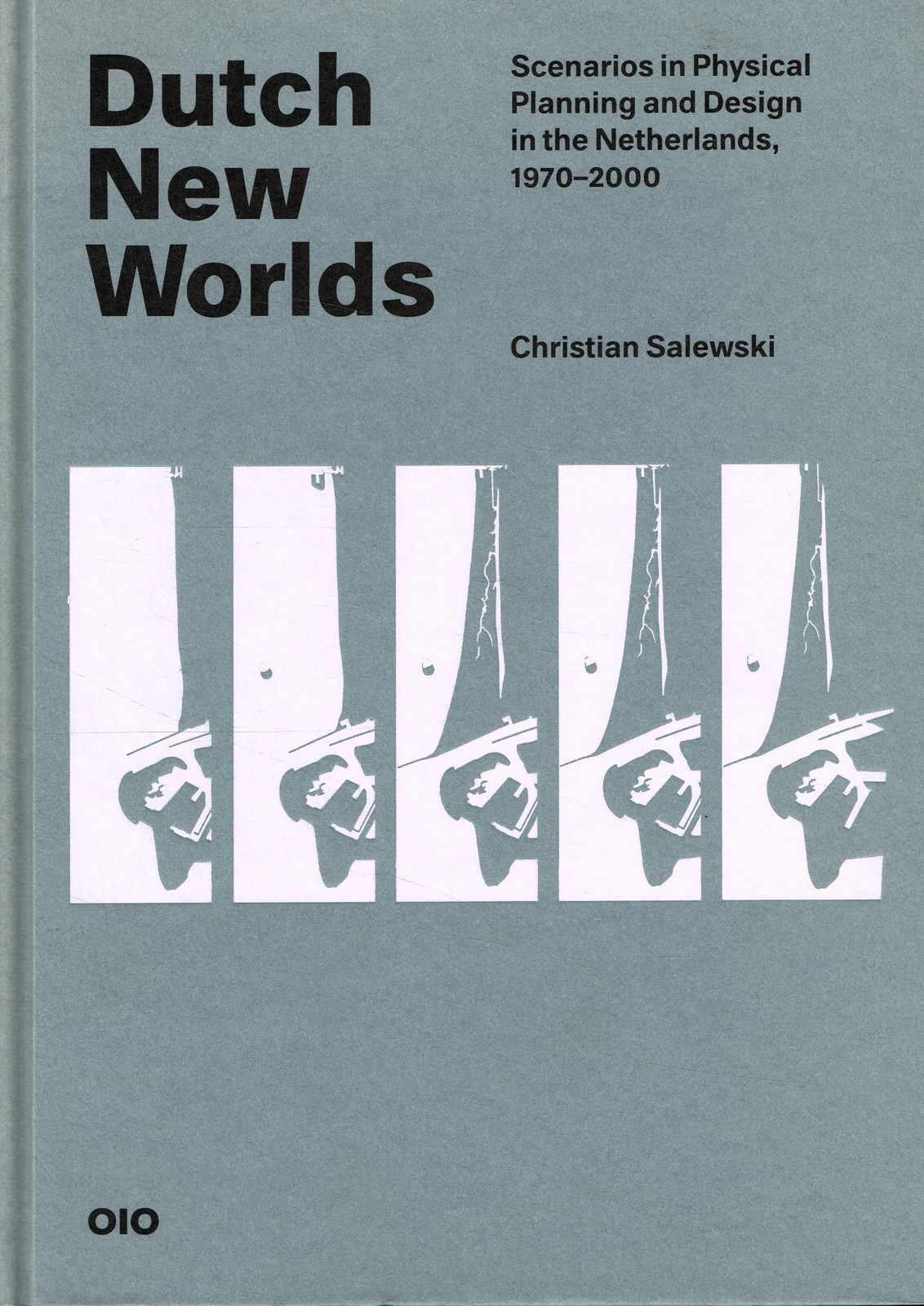
Christian Salewski
Dutch New Worlds
For English see below- Onze beslissingen geven vorm aan onze toekomst, maar we weten weinig over hoe. Om daar achter te komen, construeren planners en ontwerpers levendige beelden van wat zou kunnen zijn. Deze scenario's dienen als baanbrekers tussen verbeelding en rede. Eind jaren tachtig nam de elite van de Nederlandse planning en ontwerp scenario's op ongekende schaal om het publiek te overtuigen van hun ideeën. Maar de zoektocht om Nederland als geheel opnieuw vorm te geven mislukte jammerlijk. Hun poging ontketende echter een golf van nieuw denken over de toekomst en creëerde een enorm aantal spectaculaire beelden van de dingen die komen gaan. 'Dutch New Worlds' vertelt voor het eerst het verhaal van hoe scenariodenken stedenbouw en ruimtelijke ordening veranderde, vanaf het begin eind jaren zestig tot het hoogtepunt in de jaren negentig. Het laat zien hoe de meeste grootse scenarioprojecten op niets uitliepen door overambitie en misbruik. Het laat ook zien hoe scenario's vandaag de dag krachtige instrumenten blijven voor gericht en transparant ontwerpend onderzoek om betere steden en regio's te creëren. Verteld vanuit het perspectief van een architect en stedenbouwkundige, bevat deze ideeëngeschiedenis fundamentele lessen voor planners, ontwerpers en beleidsmakers - en voor onze volgende beslissingen die onze toekomst zullen vormgeven.-Our decisions shape our future, but we know little about how. To find out, planners and designers construct vivid images of what could be. These scenarios serve as path-breakers between imagination and reason. In the late 1980s, the elite of Dutch planning and design took scenarios to unprecedented scales to convince the public of their ideas. But the quest to reshape the Netherlands as a whole failed dismally. Their attempt, however, unleashed a wave of new thinking about the future and created an enormous number of spectacular images of things to come. Dutch New Worlds tells for the first time the story of how scenario thinking changed urbanism and physical planning, from its beginning in the late 1960s to its height in the 1990s. It shows how most grand scenario projects came to nothing because of overambition and misuse. It also shows how, today, scenarios remain powerful tools for focused and transparent design research to create better cities and regions. Told from the perspective of an architect and urbanist, this history of ideas holds fundamental lessons for planners, designers, and policy makers - and for our next decisions that will shape our future. nai010geb - 352 blz
kunst
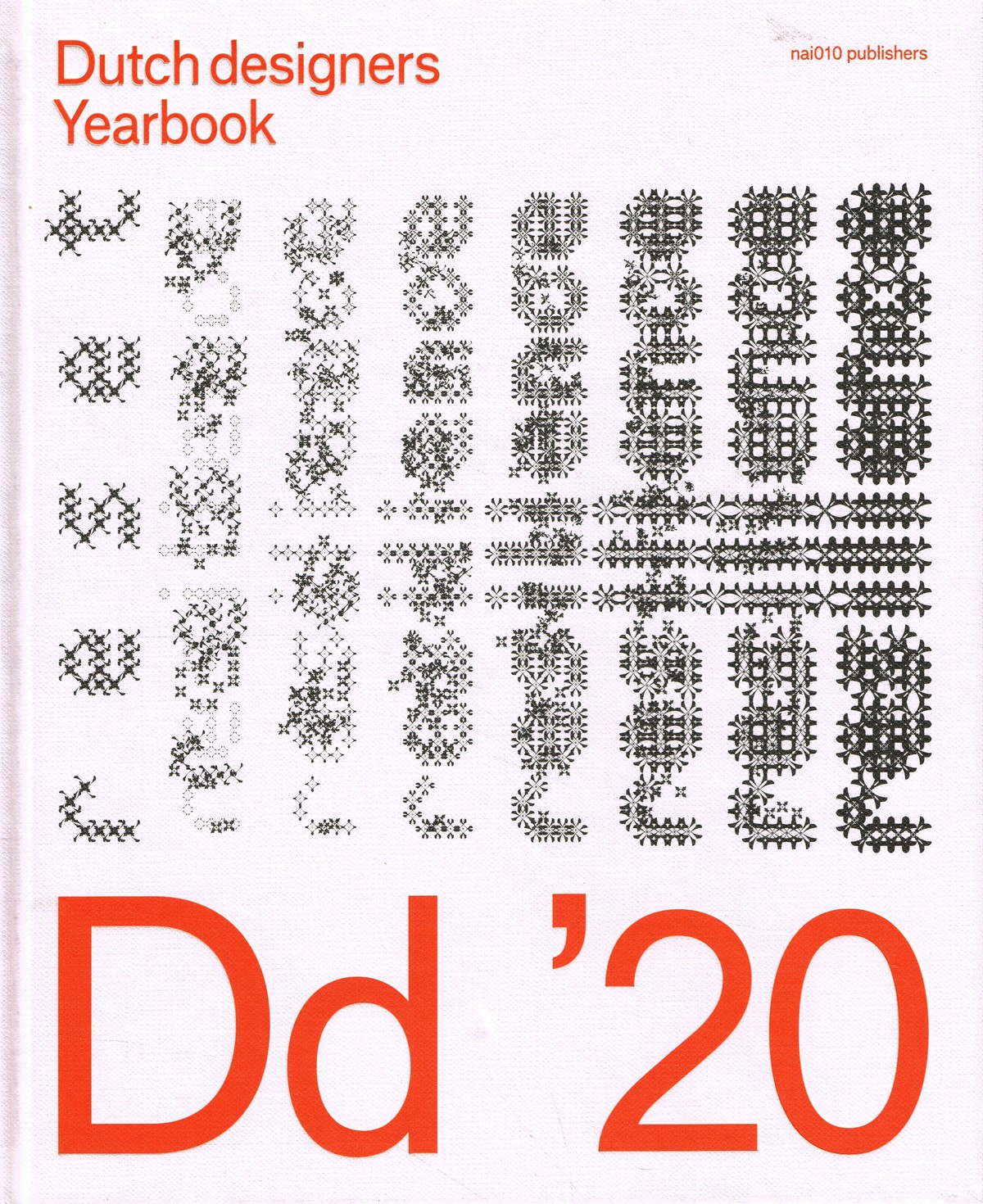
Freek Kroesbergen (red./ed.)
Dutch Designers Yearbook 2020
For English see below- Dutch designers staan wereldwijd bekend om hun originaliteit en gedurfde innovaties, en hun werk dringt door tot in de haarvaten van onze maatschappij. Design is overal en de wereld lijkt maakbaar. Daaraan dragen ontwerpers bij, met hun onorthodoxe methoden en creatieve kracht. Al treft de coronacrisis de creatieve sector ingrijpend, de grote maatschappelijke en economische uitdagingen waar de wereld voor staat bieden ook veel kansen. Over hoeveel veerkracht beschikt de ontwerpsector, en hoe draagt ze bij aan de noodzakelijke transities? 'Dutch designers Yearbook' beschrijft het designjaar 2020 en kijkt vooruit. Het boek geeft een openhartige inkijk in wat designers nu denken en maken: via essays en interviews, opvallend eindexamenwerk van Nederlandse ontwerpopleidingen, prijswinnend werk en portretten van beeldbepalende designhelden als Simon Dogger, Christien Meindertsma, Taco Carlier, Harald Dunnink en Bas Timmer. -Dutch designers are known worldwide for their originality and daring innovations, and their work penetrates the very fabric of our society. Design is everywhere and the world seems makeable. Designers contribute to this with their unorthodox methods and creative power. Although the corona crisis is having a major impact on the creative sector, the major social and economic challenges facing the world also offer many opportunities. How much resilience does the design sector have, and how does it contribute to the necessary transitions? 'Dutch designers Yearbook' describes the design year 2020 and looks ahead. The book provides a candid insight into what designers are thinking and creating now: through essays and interviews, striking final exam work from Dutch design schools, prize-winning work and portraits of iconic design heroes such as Simon Dogger, Christien Meindertsma, Taco Carlier, Harald Dunnink and Bas Timmer. nai010geb - 192 blz
kunst
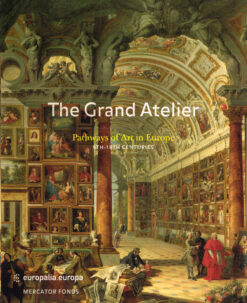
The Grand Atelier
Long before its emergence as a political entity, Europe was distinguished by its intense traffic in goods and people. We too often forget that the trade routes and other navigable highways were trafficked at a very early stage by artists, works of art and rich patrons desirous of satisfying their appetite for beauty. Well-known and lesser known works offer an insight into this "European space for art and ideas" which already existed at the dawn of the Middle Ages. With its remarkable and often spectacular works, 'The Grand Atelier' illustrates various facets and many forms of this artistic interaction. The work covers a long period in the history of art, from the fifth century – the fall of the Roman Empire in the west – to the eighteenth century – the birth of the first great museums; calling on 350 works from well over a hundred European collections. The texts in the catalogue stem from the pens of several European luminaries in the history of art. Mercatorfondspap - 335 blz
